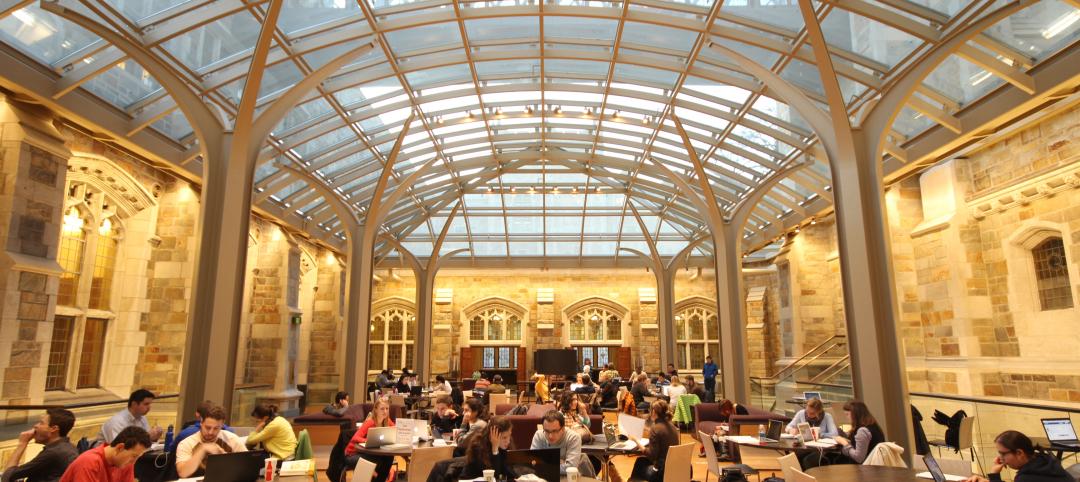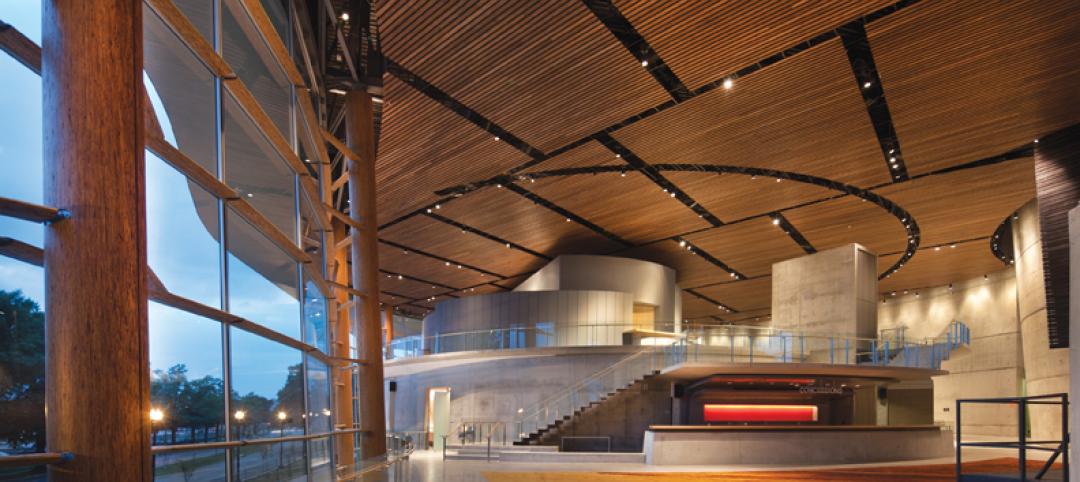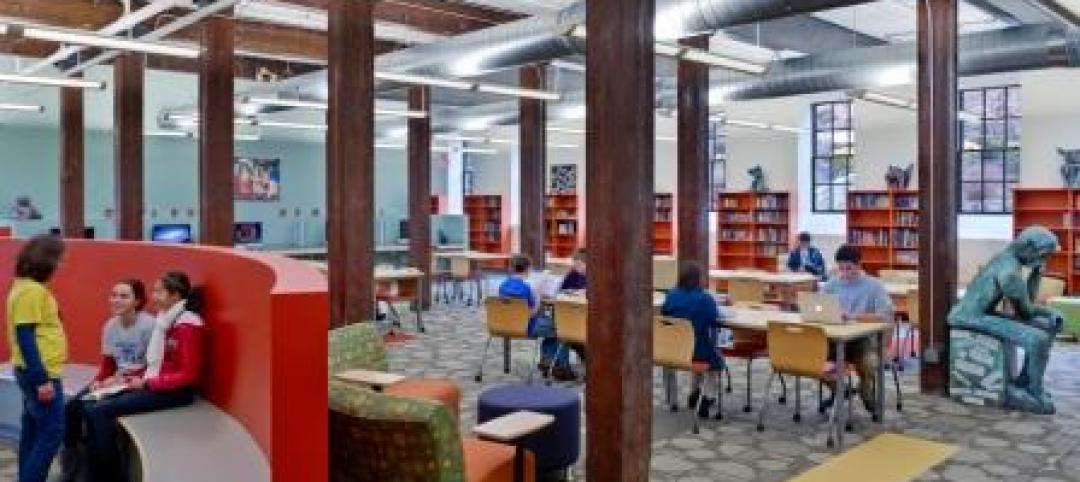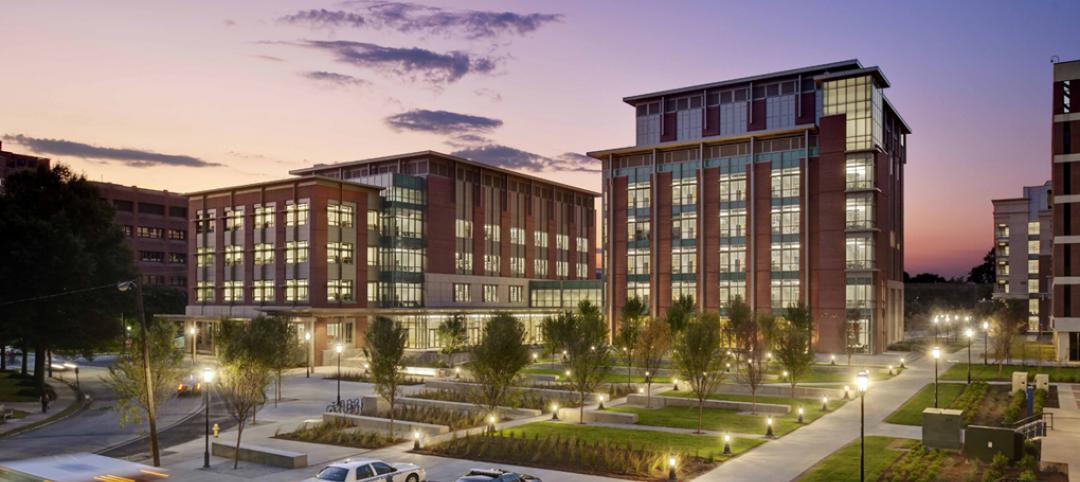November 2, 2010—Local and state building code officials last week approved a package of revisions to the commercial section of the 2012 International Energy Conservation Code (IECC) that represent the largest single- step efficiency increase in the history of the national, model energy. The changes mean that new and renovated buildings constructed in jurisdictions that follow the 2012 IECC will use 30 percent less energy than those built to current standards.
Attendees voted nearly unanimously on a series of proposals to effect the change at the International Code Council’s (ICC) final action hearings held in Charlotte, North Carolina, October 27-31, 2010. The improvements were part of a major comprehensive proposal submitted jointly by New Buildings Institute (NBI), The American Institute of Architects (AIA), and the U.S. Department of Energy (DOE) that addresses measures such as cooling, lighting, quality assurance and renewable energy standards. Several other key proposals that contribute to the savings were approved independently.
The comprehensive proposal is largely based on NBI’s Core Performance protocol, a direct approach to achieving energy savings in commercial buildings. Utilities and public benefits administrators in six states and two Canadian provinces have adopted Core Performance as part of their voluntary efficiency program offerings.
“Increasing the efficiency of commercial building energy codes provides the best opportunity to bring about significant savings and helps move us along the path toward low-energy commercial buildings,” said Dave Hewitt, NBI executive director.
“The often contentious process of developing codes was largely avoided in this case because of the extensive outreach and collaboration that was undertaken to gain industry support for the proposals. As a result, we were able to successfully resolve differences prior to the hearings and put forward our best option for consideration,” Hewitt said.
“The overwhelming support we saw during the votes tells us the marketplace is ready for these practical, feasible and affordable improvements,” said Jessyca Henderson, AIA, director of sustainability advocacy at the AIA. “The nation’s code officials are to be commended and congratulated for seizing this historic opportunity to move the country toward more efficient buildings and help us build an economy that is less reliant on fossil fuels—now and into the future,” she said.
Computer modeling of the 2012 IECC shows more than 30 percent better energy efficiency on average than the ASHRAE 90.1-2004 model code, and payback periods on the new code measures are estimated at less than seven years depending on climate and building type. The energy savings in the 2012 IECC meet national calls from Congress, the Secretary of Energy and industry leaders to improve the efficiency of commercial buildings by 30 percent. In addition, the 2012 IECC will serve as the baseline standard for the International Green Construction Code (IGCC) currently under development.
The 2012 IECC contains many important, first-ever technical features including a new section on commissioning, pathways to use daylighting, and options for the use of on-site renewable energy. It will be published in April 2011 for adoption by state and local agencies.
New Buildings Institute is a nonprofit organization working collaboratively with commercial building professionals and the energy industry to promote better energy performance in buildings, including advocating for advanced design practices, improved technologies, public policies and programs that improve energy efficiency. Visit www.newbuildings.org.
For over 150 years, members of The American Institute of Architects have worked with each other and their communities to create more valuable, healthy, secure, and sustainable buildings and cityscapes. By using sustainable design practices, materials, and techniques, AIA architects are uniquely poised to provide the leadership and guidance needed to provide solutions to address climate change. AIA architects walk the walk on sustainable design. Visit www.aia.org.
Related Stories
| Feb 2, 2012
Shawmut Design and Construction launches sports venues division
Expansion caps year of growth for Shawmut.
| Feb 2, 2012
Fire rated glazing helps historic university preserve its past
When the University embarked on its first major addition since the opening of Hutchins Hall in 1933, preserving the Collegiate Gothic-style architecture was of utmost importance.
| Feb 2, 2012
Delk joins Gilbane Building Co.
Delk to focus on healthcare construction programs and highly complex higher education facilities for Gilbane Building Company’s Southwest region.
| Feb 2, 2012
Next phase of construction begins on Scripps Prebys Cardiovascular Institute
$456 million Institute will be comprehensive heart center for 21st Century.
| Feb 1, 2012
Increase notched in construction jobs, but unemployment rate still at 16%
AGC officials said that construction employment likely benefited from unseasonably warm weather across much of the country that extended the building season.
| Feb 1, 2012
Replacement windows eliminate weak link in the building envelope
Replacement or retrofit can help keep energy costs from going out the window.
| Feb 1, 2012
‘Augmented reality’ comes to the job site
A new software tool derived from virtual reality is helping Building Teams use the power of BIM models more effectively.
| Feb 1, 2012
New ways to work with wood
New products like cross-laminated timber are spurring interest in wood as a structural material.
| Feb 1, 2012
Blackney Hayes designs school for students with learning differences
The 63,500 sf building allows AIM to consolidate its previous two locations under one roof, with room to expand in the future.
| Feb 1, 2012
Two new research buildings dedicated at the University of South Carolina
The two buildings add 208,000 square feet of collaborative research space to the campus.
















